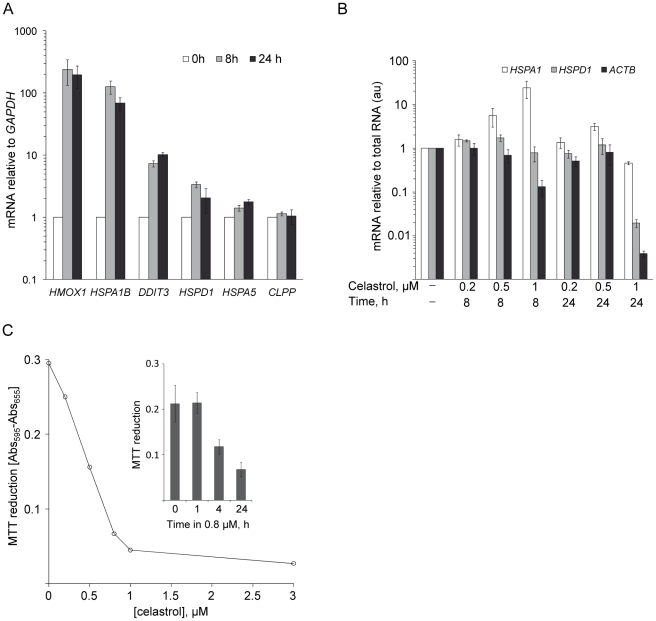Figure 5. Time- and dose-dependent effects of celastrol on transcriptional activation and cellular viability activity.
(A) Transcript levels from genes involved in the heat shock response, ER unfolded protein response, anti-oxidant response, and mitochondrial unfolded protein response. The mRNA levels were measured by quantitative RT-PCR following incubation for 8 or 24 h in 1 µM celastrol. Relative mRNA levels were normalized using GAPDH mRNA as a reference and presented relative to levels in untreated control cells. Data are mean of two independent experiments (error bars show the range) and each cDNA was analyzed in triplicate PCR reactions. (B) Time- and dose-dependent inhibition of general gene transcription. The HSPA1B, HSPD1, and ACTB mRNA levels in cells treated with 0.2, 0.5, or 1 µM celastrol for either 8 or 24 h were measured by quantitative RT-PCR. The mRNA levels were normalized to the amount of total RNA used for the RT-PCR reaction and presented relative to levels in untreated cells (arbitrary units, au). Data are mean of two independent experiments (error bars show the range) and each cDNA was analyzed in triplicate PCR reactions. (C) Dose-dependent inhibition of MTT metabolic activity. The metabolic activity/viability following 24 h treatment with varying celastrol concentrations was addressed by quantifying the cellular reduction of MTT into formazan. The amount of MTT reduced in a 4 h period was measured spectrophotometrically by the absorbance Abs [A595–A655] of the formazan product. Each datapoint are the mean of three experiments. Insert: Metabolic activity of cells exposed to 0.8 µM celastrol for 0, 1, 4, and 24 h. Data are mean (+/−SD) of three experiments.

